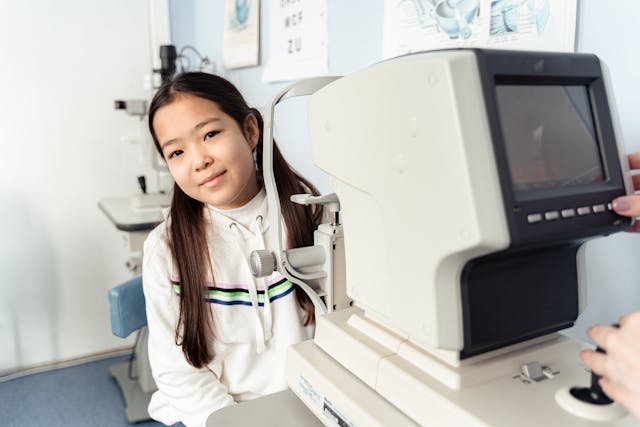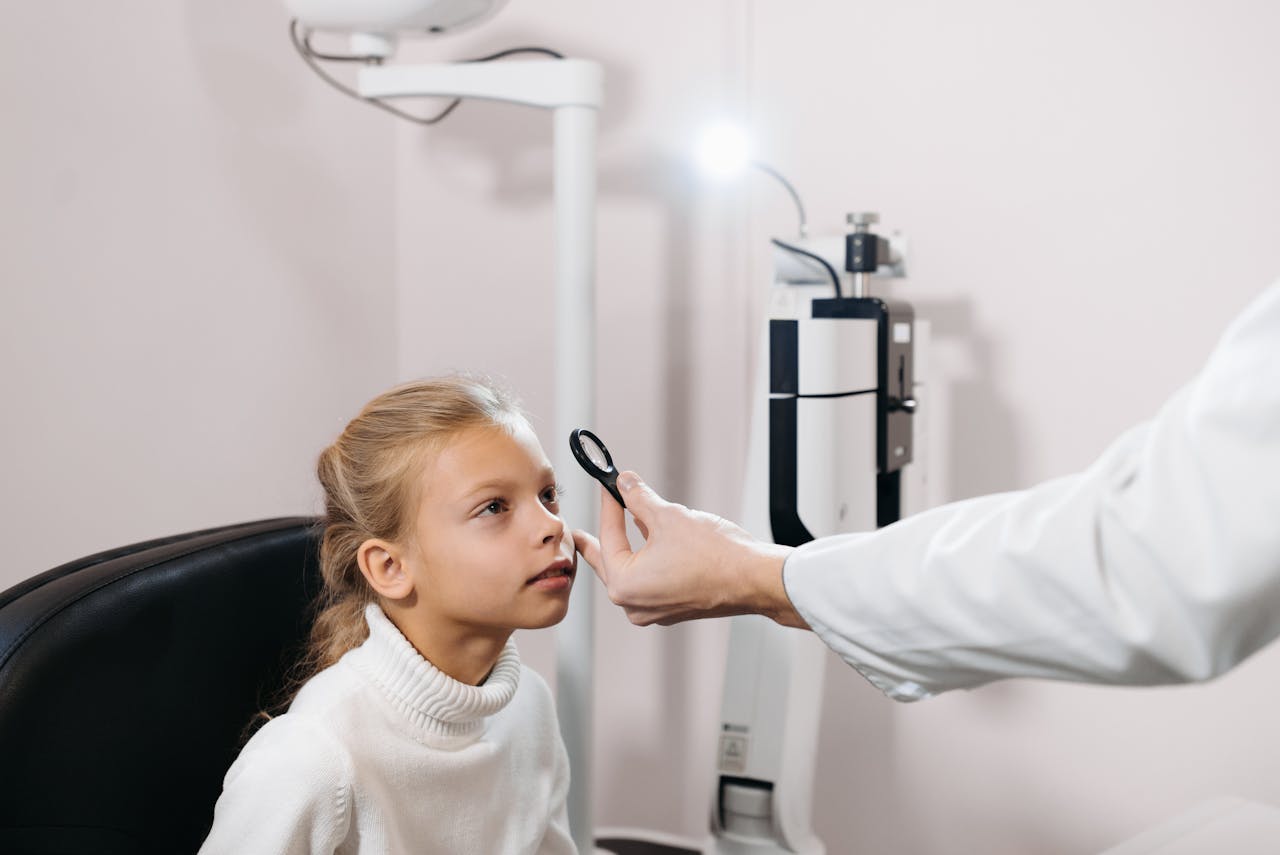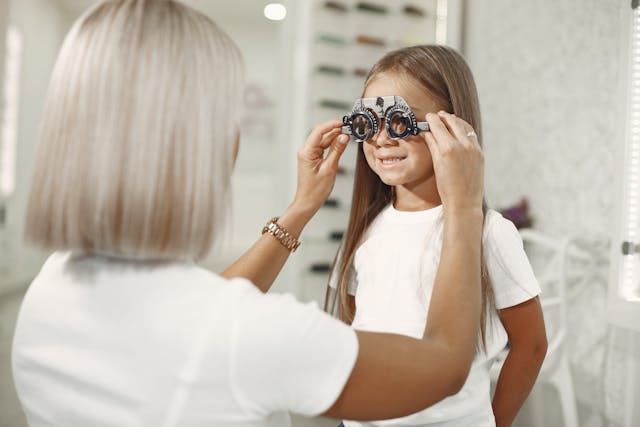
As parents, we all want the best for our children. Their health and happiness are always at the forefront of our minds. But what about their eye health? Vision is a vital part of childhood development, influencing everything from learning to play. While it’s easy to overlook subtle signs that your child may be struggling with their eyesight, being proactive can make a world of difference. Recognizing these early indicators can lead to timely interventions and ensure that your little one sees the world clearly and brightly. Let’s explore some common signs suggesting it’s time for an eye exam with an ophthalmologist.
Squinting or Closing One Eye
Squinting or closing one eye can often be a child’s way of coping with vision problems. If you notice your little one doing this frequently, it might signal that they struggle to see clearly. Children may squint to sharpen their focus on objects near or far away. This behavior is sometimes instinctive, as they try to reduce light entering the eye. Pay attention if your child consistently prefers to view things from a single angle, shutting one eye while playing or watching television. This could indicate issues like strabismus (crossed eyes) or other conditions affecting alignment and depth perception.

Eye Rubbing
Eye rubbing can be a telltale sign of discomfort or strain. If you notice your child frequently rubbing their eyes, pay attention. This behavior might indicate that they are experiencing dryness, allergies, or fatigue. Children often rub their eyes to relieve irritation. It’s a natural instinct but can lead to further complications if left unaddressed. Watch for the frequency and intensity of this action.
Difficulty Focusing or Reading
Difficulty focusing or reading can be a telltale sign that your child may need professional eye care. If you notice them struggling to keep their eyes on the page, it could indicate an underlying vision problem. Children often won’t express discomfort directly. Instead, they might lose their place while reading or frequently ask for help with homework. This behavior can stem from issues like nearsightedness or astigmatism. If your little one is squinting while trying to read small text or complains about words appearing blurry, these are red flags. It’s important not to overlook these signs.
Frequent Headaches
Frequent headaches in children can be a sign of underlying vision problems. Kids may not always express discomfort clearly, but they often show changes in behavior when something isn’t right. If your child complains about regular headaches, it’s essential to pay attention. These headaches could indicate strain from trying to focus on objects or reading material that is hard for them to see. Sometimes, the pain might stem from squinting or overexertion as they attempt to read or watch TV. This effort can lead to tension and fatigue around their eyes.

Sensitivity to Light
Sensitivity to light, or photophobia, can clearly indicate that your child might need an eye examination. It’s not just about being bothered by bright lights; it can manifest in various ways. If your child often squints when outside or prefers dimly lit rooms, take notice. These behaviors may suggest discomfort rather than simple preference. Children with light sensitivity might also complain of their eyes hurting in sunlight or even indoors under fluorescent bulbs. This discomfort could hinder their ability to enjoy outdoor activities and social interactions. Watch for signs such as frequent rubbing of the eyes after exposure to bright environments.
Childhood eye health is crucial for your child’s overall development and well-being. Awareness of the signs that indicate a need for an ophthalmologist can make a significant difference in their vision and quality of life. A proactive approach to eye care will help your child thrive academically and socially. Stay vigilant and prioritize those precious little eyes; they are key players in how your child experiences the world around them.